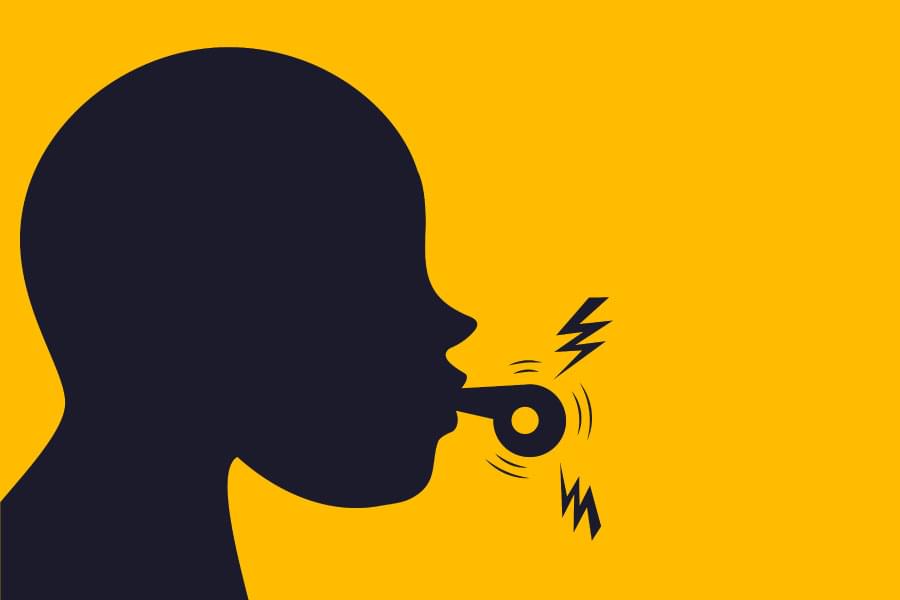Unit 4: Report and respond
4.4 Whistleblowing and a ‘survivor-centred approach’
Whistleblowers are an important source of reporting, and this section will consider how agencies should ensure they are protected. Once we have received a report it is important that our responses are survivor centred.
The whistleblower

© danijelala / Getty Images
It is often the case that those who report safeguarding concerns are not survivors or victims, but ‘whistleblowers’.
A whistleblower is a person, usually an employee, who discloses information or activity within an organisation that they believe to be illegal, illicit, unsafe, or an abuse of power or resources.
Whistleblowers can choose to disclose information or make allegations either internally or externally to the organisation. Indeed, the reason that safeguarding has risen high on the international aid sector’s agenda is largely due to whistleblowers who exposed sexual exploitation, abuse and sexual harassment within international organisations that they used to work for.
You have already seen how there may be a number of things that might inhibit people from reporting safeguarding concerns. For example, they may be afraid of stigma or reprisals. They might assume that they won’t be believed or that action will not be taken, or that reporting might make the problem worse.
It is important to identify and understand the barriers that might prevent whistleblowers from reporting safeguarding concerns and think about how your organisation might better enable them. It is important to make sure that whistleblowers know that they will be supported and protected.
Protecting the whistleblower
When thinking about your organisation and how it can support and protect whistleblowers, the following points are important:
- Your organisation must have a whistleblowing policy in place which guarantees that whistleblowers will be supported and protected and that they are clear about how their complaint will be handled.
- Whistleblowers have a right to anonymity if requested and to receive feedback on their complaint at an appropriate point.
- Mandatory training on whistleblowing should be provided to all staff, especially for new staff, volunteers, and consultants when they join an organisation, ideally as part of the induction process.
- Reporting procedures should be known and accessible to all staff. People should be informed of their right to be safeguarded from harm and made aware of how to report safeguarding concerns and to who.
- Staff must be confident that the system will protect and support them. Consultation with staff on reporting procedures is important here. When done effectively, consultation can help build confidence in the safeguarding process and enable reporting.
- Your organisation must demonstrate that it is willing and able to take swift and appropriate action.
- Whistleblowers must be confident that their concerns will be handled confidentiality and that they will be protected from reprisals or any harm.
|
Activity 4.5 Checklist on whistleblower protection You might find the template below useful for exploring your organisation’s whistleblowing policies and procedures. Once you have identified any areas for improvement think about how you might effectively address them. You may need to discuss this with others in your organisation.
|
For further reading please visit: Whistleblower protection guidance | Safeguarding Resource and Support Hub (safeguardingsupporthub.org)

